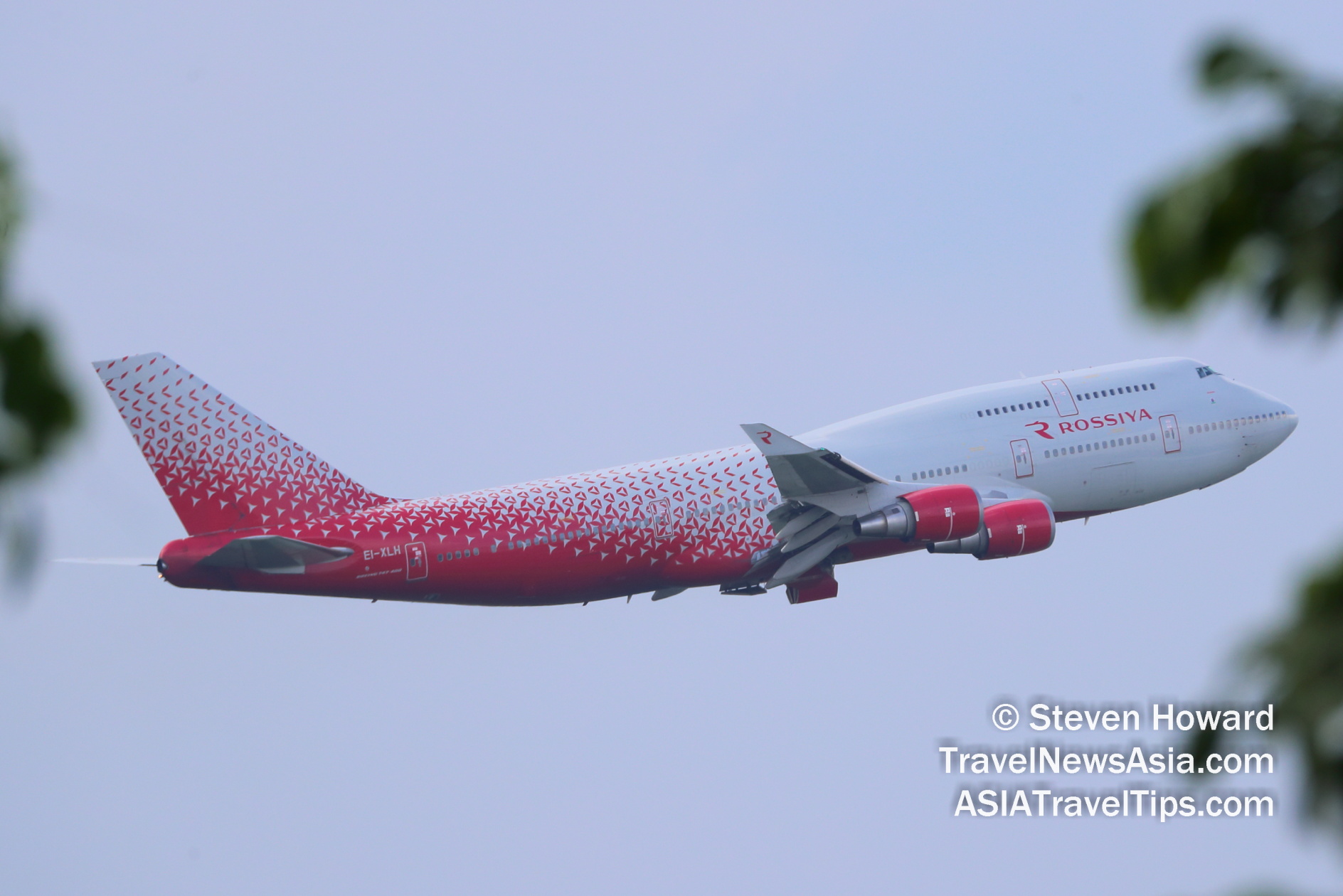|
(28 Oct 2021)
Boeing has forecast that airlines in Russia, Ukraine
and the Commonwealth of Independent States (CIS) will require
1,540 new airplanes valued at $200 billion over the next 20 years,
driven mainly by growth in the single-aisle market.
The region will also need aftermarket aviation
services such as passenger-to-freighter conversions, maintenance
and repair, and digital services worth $320 billion, according to
the Boeing�s 2021 Commercial Market Outlook (CMO).
Global and regional air travel markets are
recovering largely as Boeing projected last year. Following a
strong economic rebound and large pent-up demand, Russia has led
all regions in domestic air traffic recovery, with growth expected
to continue, according to Boeing.

�Boeing is ready to support carriers in Russia,
Ukraine and CIS as they transform their business models and take
advantage of opportunities for further growth,� said Randy Heisey,
Boeing managing director of Commercial Marketing for Russia,
Ukraine and CIS. �Aviation is vitally important for enabling
robust domestic tourism growth and a rebound in long-haul leisure
travel while also supporting trade and cargo links across a huge
geographic region.�
The 2021 CMO for Russia, Ukraine and CIS includes
the following projections through 2040:
- Air traffic is projected to grow by 2.9%
annually, tied to economic growth of 2.1% per year;
- More than half of deliveries to the region will
be for growth. The overall fleet is expected to total more than
2,000 airplanes, with demand for more fuel-efficient models;
- Single-aisle airplanes will represent 75% of
deliveries, with demand for 1,150 airplanes. Demand will be driven
by growth in the low-cost carrier (LCC) segment, including
opportunities for new and expanding low-cost airlines;
- Demand for 160 new widebody passenger and
freighter airplanes to serve regional leisure markets as well as
long-haul passenger and cargo markets; and
- The region will require 83,000 new aviation
personnel, including 25,000 pilots, 25,000 technicians and 33,000
cabin crew.
|
Headlines: |
|
|

